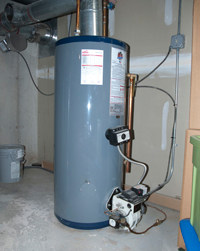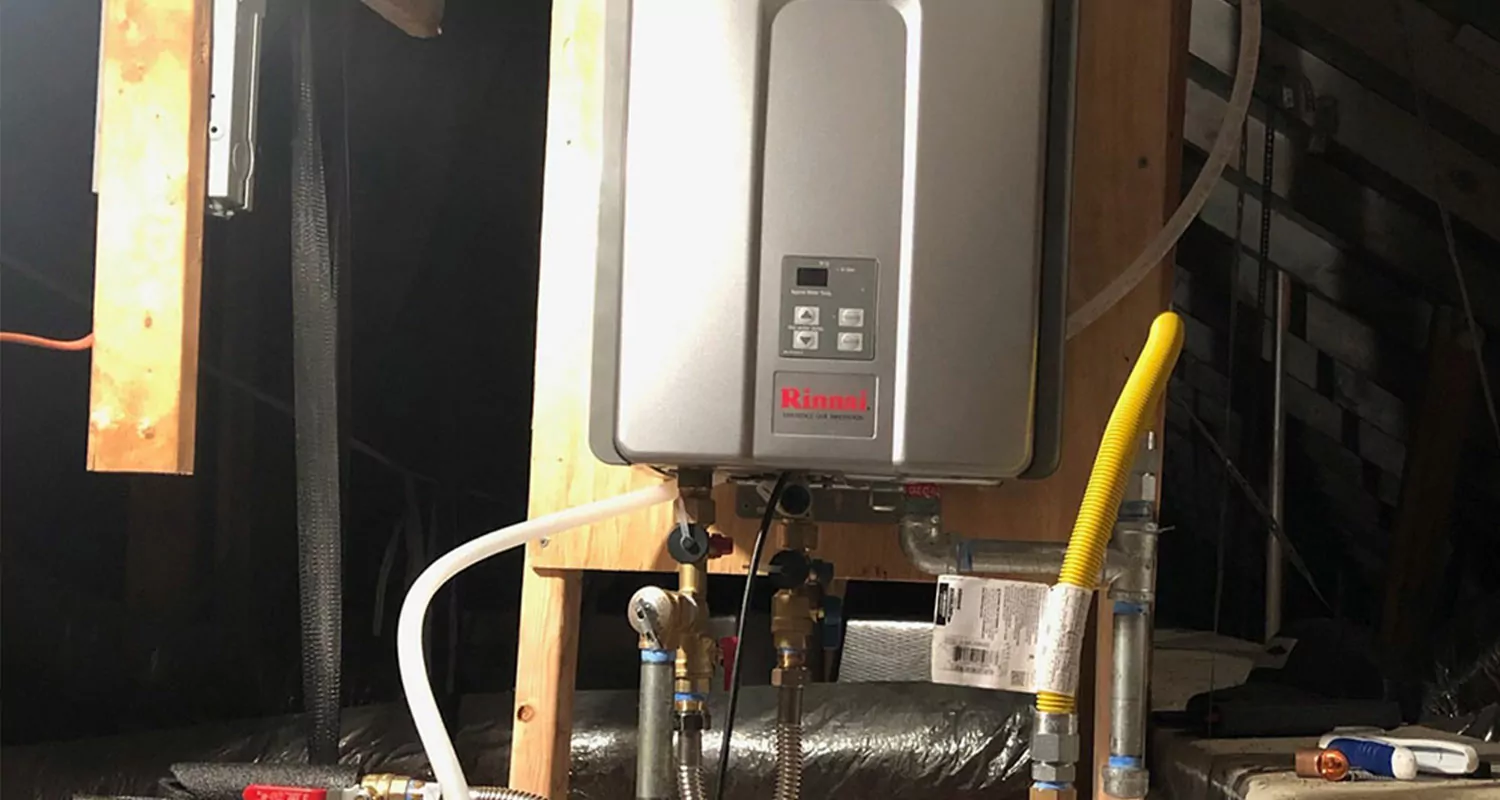Effective Techniques for Maintaining Your Home's Hot Water System
Effective Techniques for Maintaining Your Home's Hot Water System
Blog Article
This article down the page involving Tips For Maintaining Your Hot Water Heater is relatively interesting. Read it for your own benefit and figure out what you think about it.

Hot water is necessary for day-to-day comfort, whether it's for a revitalizing shower or washing meals. To ensure your warm water system runs efficiently and lasts much longer, normal maintenance is vital. This short article gives useful pointers and insights on just how to maintain your home's warm water system to avoid interruptions and pricey repair work.
Intro
Keeping your home's hot water system may appear challenging, however with a few basic steps, you can guarantee it operates efficiently for many years ahead. This guide covers every little thing from comprehending your warm water system to DIY upkeep pointers and understanding when to call in professional aid.
Significance of Keeping Your Hot Water System
Routine maintenance not just expands the life expectancy of your warm water system but additionally ensures it runs successfully. Neglecting upkeep can lead to reduced performance, higher power costs, and even early failure of the system.
Indications Your Warm Water System Needs Upkeep
Understanding when your warm water system needs interest can protect against major problems. Keep an eye out for signs such as irregular water temperature level, strange sounds from the heating system, or rusty water.
Flushing the Hot Water Heater
Flushing your water heater gets rid of debris buildup, enhancing performance and prolonging its life.
Monitoring and Replacing Anode Rods
Anode rods avoid rust inside the container. Inspecting and replacing them when worn is vital.
Complicated Concerns Requiring Professional Assistance
Instances consist of significant leaks, electrical issues, or if your hot water heater is continually underperforming.
Routine Professional Maintenance Perks
Specialist upkeep can consist of thorough evaluations, tune-ups, and guaranteeing compliance with safety requirements.
Checking and Changing Temperature Level Setups
Readjusting the temperature level setups ensures optimal performance and safety.
DIY Tips for Upkeep
You can perform several upkeep jobs on your own to maintain your hot water system in top condition.
Looking for Leakages
On a regular basis check pipes and connections for leaks, as these can bring about water damages and higher bills.
Understanding Your Warm Water System
Prior to diving into maintenance jobs, it's practical to comprehend the fundamental components of your warm water system. Normally, this consists of the water heater itself, pipelines, anode poles, and temperature controls.
Monthly Upkeep Tasks
Routine regular monthly checks can help capture minor issues prior to they intensify.
Evaluating Pressure Alleviation Valves
Evaluating the pressure safety valve ensures it functions appropriately and prevents too much pressure buildup.
Shielding Pipes
Insulating warm water pipes lowers warm loss and can conserve energy.
When to Call a Specialist
While DIY upkeep is advantageous, some problems call for professional know-how.
Conclusion
Normal maintenance of your home's warm water system is necessary for efficiency, long life, and cost financial savings. By complying with these pointers and understanding when to look for expert help, you can make sure a dependable supply of warm water without unexpected interruptions.
How to Maintain an Instant Hot Water Heater
Before tinkering with your hot water heater, make sure that it’s not powered on. You also have to turn off the main circuit breaker and shut off the main gas line to prevent accidents. Also turn off the water valves connected to your unit to prevent water from flowing into and out of the appliance. 2. When you’re done, you have to detach the purge valves’ caps. These look like the letter “T†and are situated on either side of the water valves. Doing so will release any pressure that has accumulated inside the valves while at the same time avoid hot water from shooting out and burning your skin. 3. When the purge valves’ caps are removed, you have to connect your hosing lines to the valves. Your unit should have come with three hoses but if it didn’t, you can purchase these things from any hardware or home repair shops. You can also get them from retail stores that sell water heating systems. Read the user’s manual and follow it to complete this task properly. When the hosing lines are connected, open the purge port’s valves. 4. You should never use harsh chemical cleaners or solutions when cleaning your unit. Make use of white vinegar instead. It should be undiluted and you’ll probably use about 2 gallons. 5. Now flush your water heater. This task should probably take about 40 minutes. We can’t give you specific directions for this because the procedure is carried out depending on the type, model and brand of your heater. With that being said, refer to the user’s manual. 6. When you’re done draining the unit, you have to turn off the purge port valves again. Remove the hosing lines that you earlier installed on each of the water valves. Put the valve caps (purge port) back in their respective places and be very careful so as not to damage the rubber discs that are found inside these caps. 7. Now that everything’s back in place, check your user’s manual again to find out how to reactivate your water heating system. 8. Once it is working, turn one of your hot water faucets on just to let air pass through the heater’s water supply pipes. Leave the tap on until water flows smoothly out of it. https://www.orrplumbing.com/blog/2014/september/how-to-maintain-an-instant-hot-water-heater/

As a devoted reader on What Kind of Maintenance Do Water Heaters Need?, I imagined sharing that piece was a great idea. For those who enjoyed reading our blog posting kindly be sure to pass it around. Thanks for going through it.
Visit Site Report this page